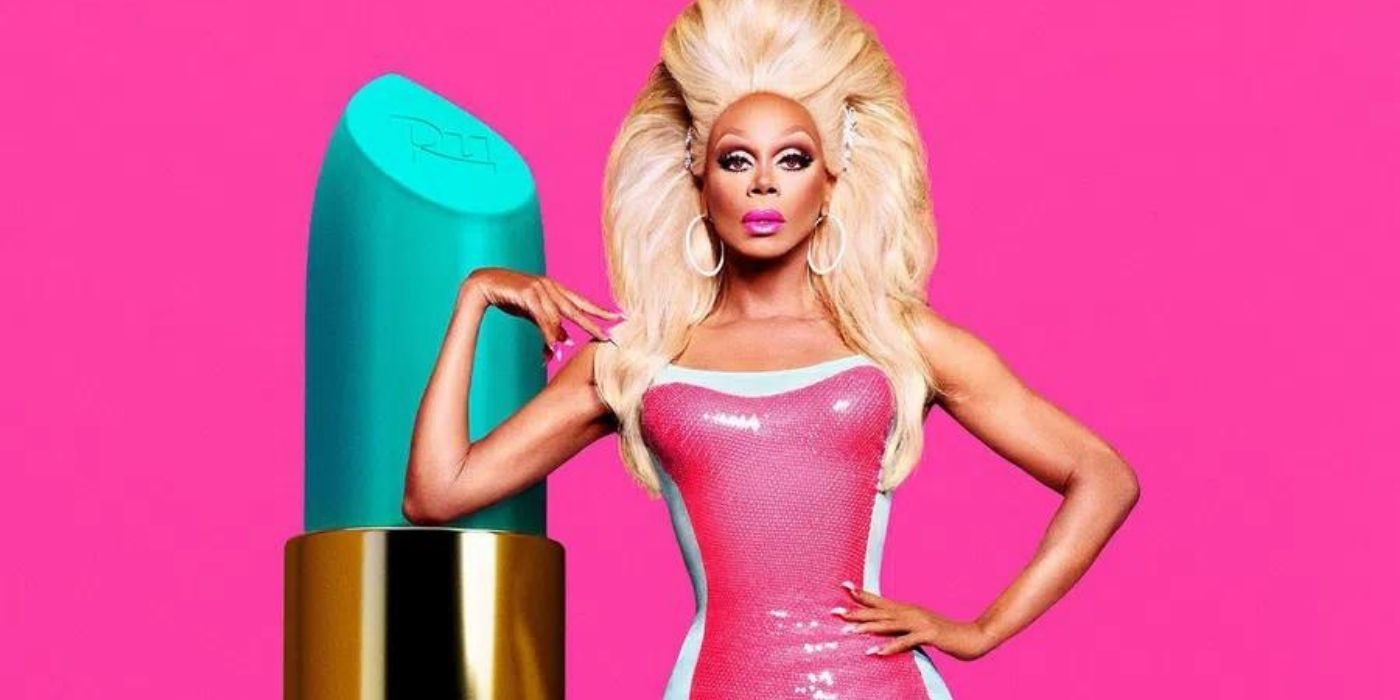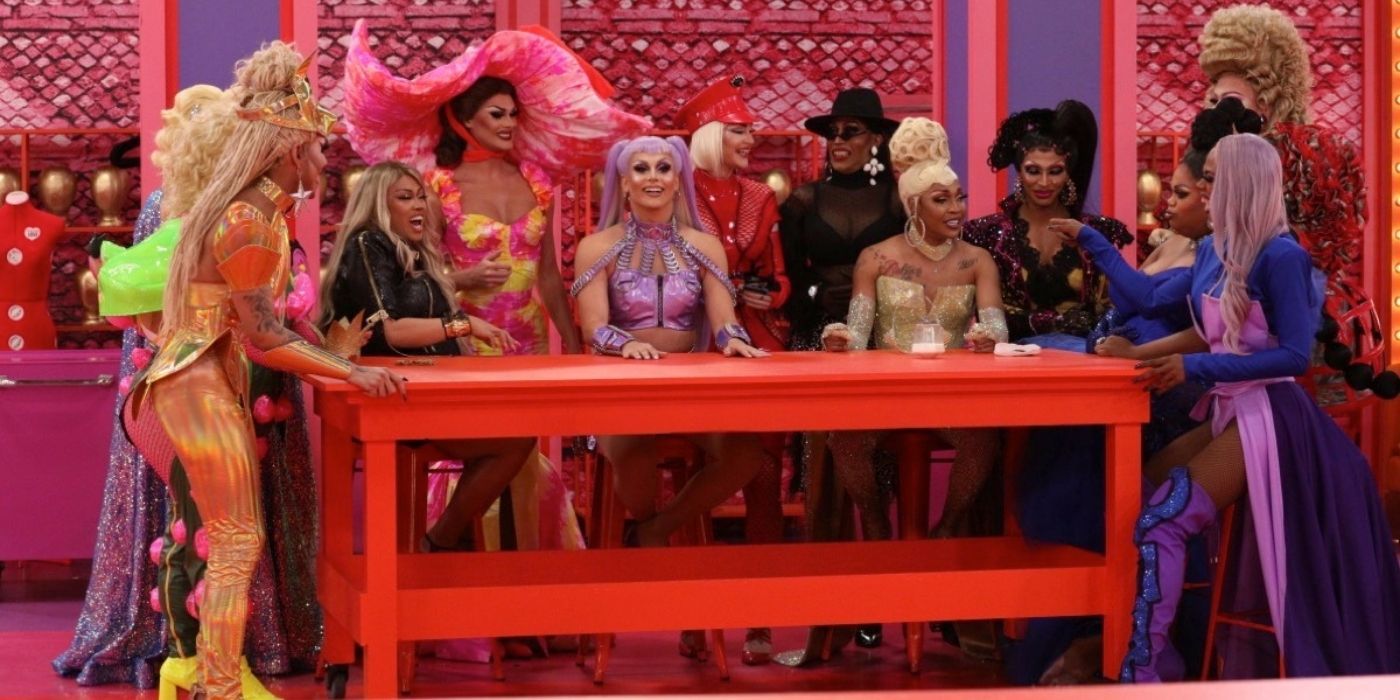Over the years, RuPaul's Drag Race has evolved from humble United States beginnings to global domination. More than 150 drag queens have walked into the U.S. RuPaul's Drag Race Werk Room to compete in the show, and the franchise has expanded to include spin-offs in Thailand, the United Kingdom, Australia, Canada, Holland, Spain, the Philippines, and France. Most recently, a Belgium spin-off was announced.
The show's goal each season is for iconic drag queen RuPaul to find America's Next Drag Superstar. Past crowned queens include drag legends like Raja, Jinkx Monsoon, Aquaria, Bob The Drag Queen, Jaida Essence Hall, and recently, Willow Pill. All of these queens, and their fellow competitors, have been a part of a production which celebrates the art of drag and the beauty of the queer experience. RuPaul's Drag Race has also, in more recent years, been able to adapt and change in favor of presenting more of the transgender experience. After 14 main seasons since 2009, the show continues to shake up its format and gain momentum among fans. There are plenty of reasons why the show has managed to attract millions of viewers over the years.
Each season, drag queens come together not only to compete, but to share their stories on RuPaul's Drag Race. Through emotional discussions in the Werk Room, audiences learn about contestants' tumultuous relationships with family, stories of abuse, drug and alcohol dependency, and the struggle of growing up queer in conservative neighborhoods, cities, and states. A huge part of the RuPaul's Drag Race success story is its bold, unapologetic display of talented, queer performers. It provides viewers from within the community a chance to see a version of themselves on screen, and for viewers outside of the community a small, honest window into it.
The show wasn't always as welcoming to all of its own community, though. Up until season 7, RuPaul would address the queens on a screen with the intro "you've got she-mail," and, for the first 12 seasons, one of the main catchphrases was "gentlemen, start your engines, and may the best woman win." Now, to promote inclusiveness, RuPaul changed the phrase to, "racers, start your engines, and may the best drag queen win." Season 13's Gottmik is the first transgender male contestant, and RuPaul's Drag Race season 14 features five transgender contestants in the cast.
Also keeping Drag Race alive is cleverly-subtle changes to a largely familiar, recurring format. With 14 highly-successful seasons under its belt, the show seems to understand and respect the loyalty of its fanbase. Each season sees much the same challenge types for fans to look forward to (acting, design, and musical, among others) but other aspects of the show have been known to differ each year. In season 14, each competing queen was given a bar of chocolate, and if, at their time of elimination, the bar was gold, they were given a second chance at the contest. RuPaul's Drag Race has also featured double eliminations, double saves, and queens brought back after elimination. These small, yet effective, tweaks keep viewers wondering what might change next time around.
Elements of RuPaul's Drag Race, such as the willingness of its cast members to share their stories, inclusiveness in competitors beyond cisgender men, necessary updates to sensitive language and wording, and subtle shake-ups in format, continue to give it mass appeal and a loyal viewership. Expansion to countries outside the United States means international fans feel more connected, and frequent discussions about the experiences of the queer and trans community on the show create conversation and positive representation.
Next: RuPaul's Drag Race 14: Most Sickening Finale Looks Explained


